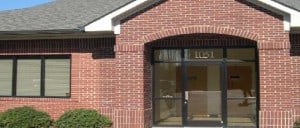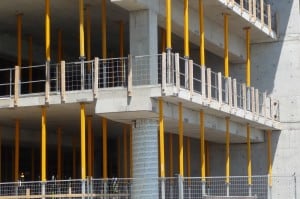Office Condo Issues
Here is a summary of Office Condo Issues
written by the ABJ during an interview with a local Austin attorney dated March 14,2014
Office Condo– More Demand – risks?
Do Office Condo issues and risk provide higher exposure than other deals in real estate?
- 10% of claims against architects , only represents 2% of the architect’s business revenue
- Developers of commercial office condos have more knowledge than the average consumer regarding construction
- Major factors of the issues are the relationship between the condo owner and the architects and contractors
Prevalent Condo concerns
- Design and construction
- Water issues – leaking windows, roofs etc.
- Plumbing and or HVAC in the condo
Important documents any buyer must read or understand before purchasing an office condo
- Purchase agreement
- Resale certificates
- Provisions about the maintenance of the project
- Maintenance funds and how they are handled
- Understand the dispute process
- Financing an office condo purchase
Brokers that are buyer representatives can help consumers get the appropriate paperwork which is required for them to complete a due diligence on the office condo property. This will help you be proactive so that you can avoid some office condo issues. Selling your office condo may be easy or tough depending on the market. One rule of thumb to keep in mind is do not over-improve your condo. There are sellers-owners who feel they can get every dollar out of their improvements. Remember, improvements can be very subjective and personal. Just because you love it, does not mean it will work for the next owner.



